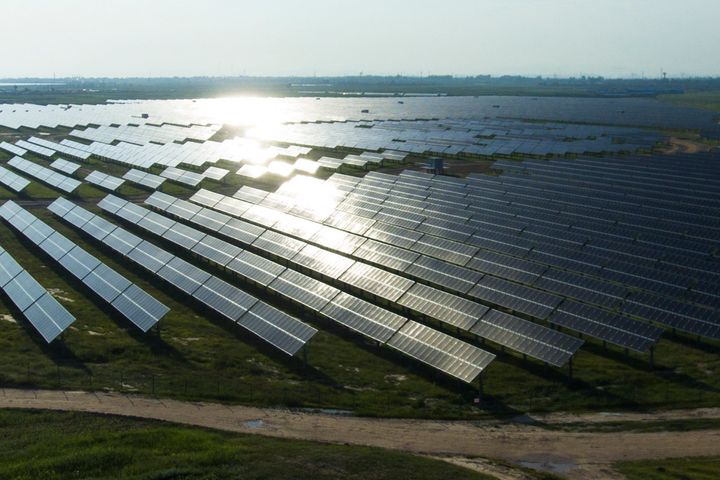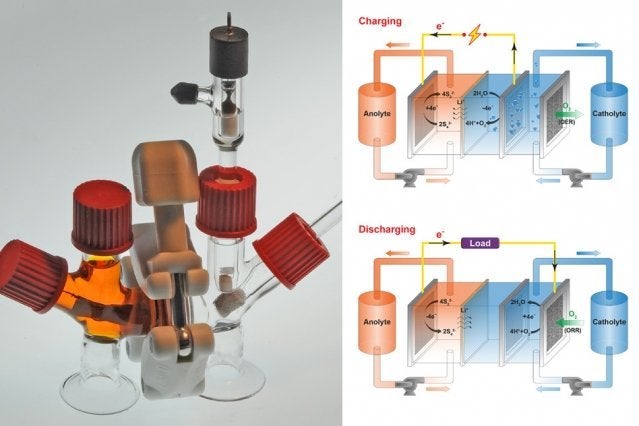A team at MIT have developed a radical new “air breathing” battery that can store energy for months on end, comes at a fraction of the cost of our current technology and could be used en-masse, making it perfect for renewable energy.
Renewable energy is the future, there’s no doubt about that and while the technologies that produce the energy are plummeting in price there is still one area where we’re struggling.
Wind and solar have incredible potential, but they both share a common hurdle which is that they’re seasonal. That means some days you might be able to power an entire city, others barely more than a village.

How then do you stop this excess energy from going to waste? At the moment we use expensive storage techniques ranging from heating molten salt to vast battery arrays like those we see being built by Tesla.
Both are expensive, which is why this new battery could give us not only a solution that’s cheaper but actually better for the planet too.
How the battery works is remarkably simple. For its anode the battery uses cheap, abundant sulphur dissolved in water. For the cathode an aerated liquid salt solution continuously takes in and then releases oxygen, effectively balancing the charge.

The oxygen flowing into the cathode causes the anode to discharge electrons to an exterior circuit while the exhaling oxygen send electrons back to the anode, recharging the battery.
“This battery literally inhales and exhales air, but it doesn’t exhale carbon dioxide, like humans — it exhales oxygen,” says Yet-Ming Chiang, the Kyocera Professor of Materials Science and Engineering at MIT.
Sulphur was an inspired choice by the team as it’s not only a major byproduct of natural gas and petroleum refining but also because it’s extremely energy dense which makes it extremely cheap.
The result of which is that you have a battery that costs around $20-30 per kilowatt hour. For comparison, conventional lithium-ion batteries cost a whopping $100 per kilowatt hour stored.
What does this all mean? Well it means you could finally harvest the vast wind energy waiting to be captured in the North Atlantic, store it for months on end and then release it into the grid for a fraction of the cost that we’re currently paying.
“The intermittency for solar is daily, but for wind it’s longer-scale intermittency and not so predictable. When it’s not so predictable you need more reserve — the capability to discharge a battery over a longer period of time — because you don’t know when the wind is going to come back next,” explains Chiang.
At present the prototype is no bigger than a coffee cup, but by proving that it can work, and that it can be scaled up, there is theoretically no limit to how much energy the batteries could store.
